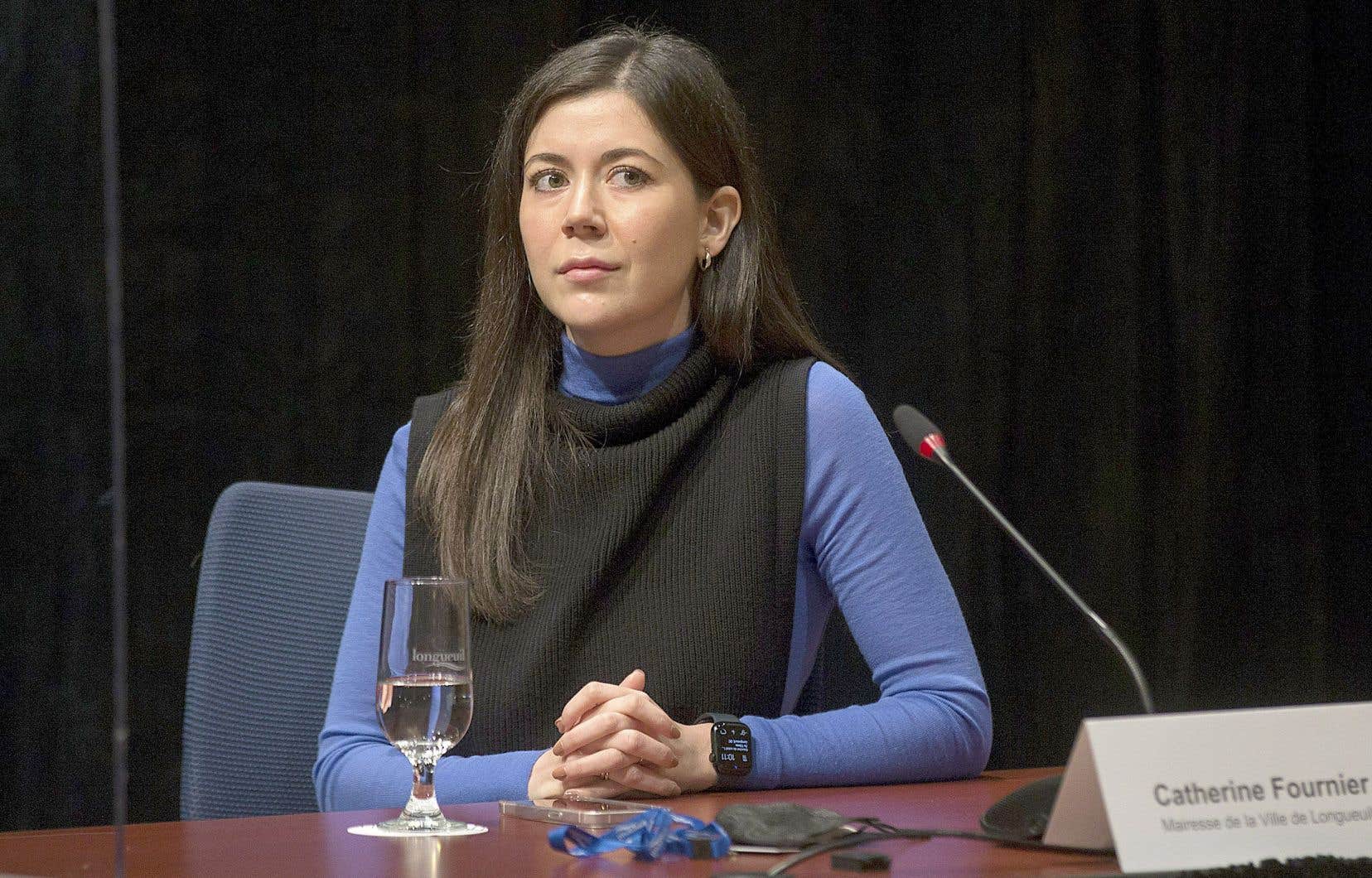Longueuil plans to increase the number of hectares of natural environments protected in perpetuity from 1000 to 2500, or 21% of its territory, by 2030. The Natural Environment Protection and Conservation Plan (PPCMN) presented Monday by the City is necessary in the context of the climate crisis, believes Mayor Catherine Fournier.
The addition of 1,500 hectares of protected environments was one of Catherine Fournier’s key promises during the mayoral race in fall 2021. Currently, protected environments or those in the process of being protected cover 1,060 hectares, which corresponds to 9% of the territory of Longueuil. In interview at Duty, the mayor emphasizes the importance of natural environments in the context of climate change. “Protecting natural environments is the best way for a city to act because they are fundamental carbon sinks. This is part of our responsibilities as decision-makers at 21e century. »
The City therefore studied 13 sectors totaling 1,800 hectares in order to determine priority conservation zones. While 1,300 hectares belong to the City, more than 500 are part of private property. Among the targeted sectors are several areas sheltering the chorus frog, including the Boisé du Tremblay, the Savane and Roberval sectors, as well as the Fonrouge and Marais Deveau sectors. In the territory of Longueuil, the critical habitat of the tree frog, designated a threatened animal species, covers 1,222 hectares.
Collective interest
To protect natural environments, Longueuil will notably use the conservation easement, a legal tool which links an owner – the City in many cases – to an environmental protection organization and ensures the protection of a designated territory. This agreement can only be revoked with the agreement of both parties. Thus, a subsequent administration could not decide to unilaterally withdraw protection, underlines Catherine Fournier.
In the coming weeks, the City will contact land owners to notify them of the protection intentions. If no agreement or direct sale is possible with the owners, the City could resort to expropriations. Mayor Fournier also called on the government of Quebec on Monday to modify sections 170 and 171 of the bill on the reform of expropriation to exclude from the definition of “disguised expropriation” the protection of natural environments by municipalities. “It would give us a much stronger negotiating tool and a much stronger legal tool. It’s also a question of respecting taxpayers’ ability to pay,” explains Catherine Fournier, recalling that during COP15 last December, the Quebec government reiterated its commitment to protect 30% of the territory by 2030. “The government has an opportunity to make a significant difference at zero cost. This certainly requires political courage. »
The mayor mentions the collective interest in the case of certain land belonging to private interests. “People who took a business risk several years ago by purchasing land in a humid environment or in a wooded area, sometimes there may be no compensation. »
The implementation of the PPCMN is estimated at $25 million, but the acquisition of land for their protection is still difficult to evaluate. The land value of the approximately 500 hectares of private property in the targeted areas reaches 200 million, but their market value could exceed 400 million, indicates Catherine Fournier.
The mayor also points out that by protecting 1,500 hectares of land from real estate development, the City itself is giving up tax revenues of 18 million per year. “But at the same time, we cannot quantify the ecological services provided by natural environments. But it’s surely a lot more than 18 million. »
